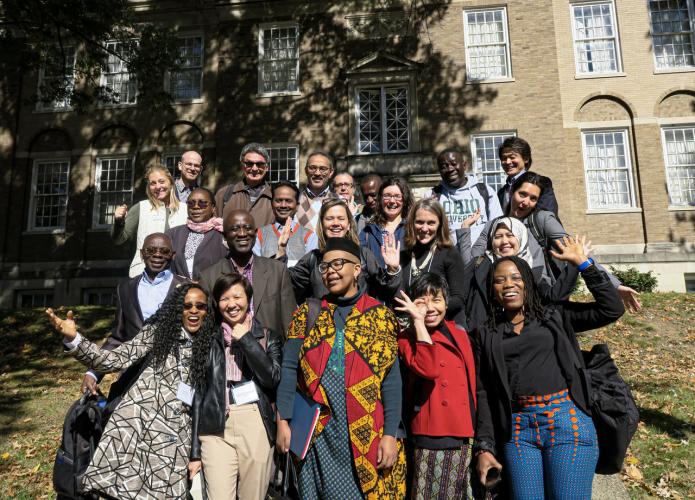
Initiative brings educators from around the world to create virtual global learning opportunities for OHIO students

Ohio University education knows no bounds. Soon, more students will be connected from around globe as Ohio University expands its global reach with multi-partner support for the Global COIL Initiative (GCI). The GCI is involving over 40 faculty from 14 institutions in 11 countries: 20+ educators from Botswana, Ghana, Kenya, South Africa, India, Japan, Malaysia, Thailand, Germany, Ecuador and 20+ from Ohio University.
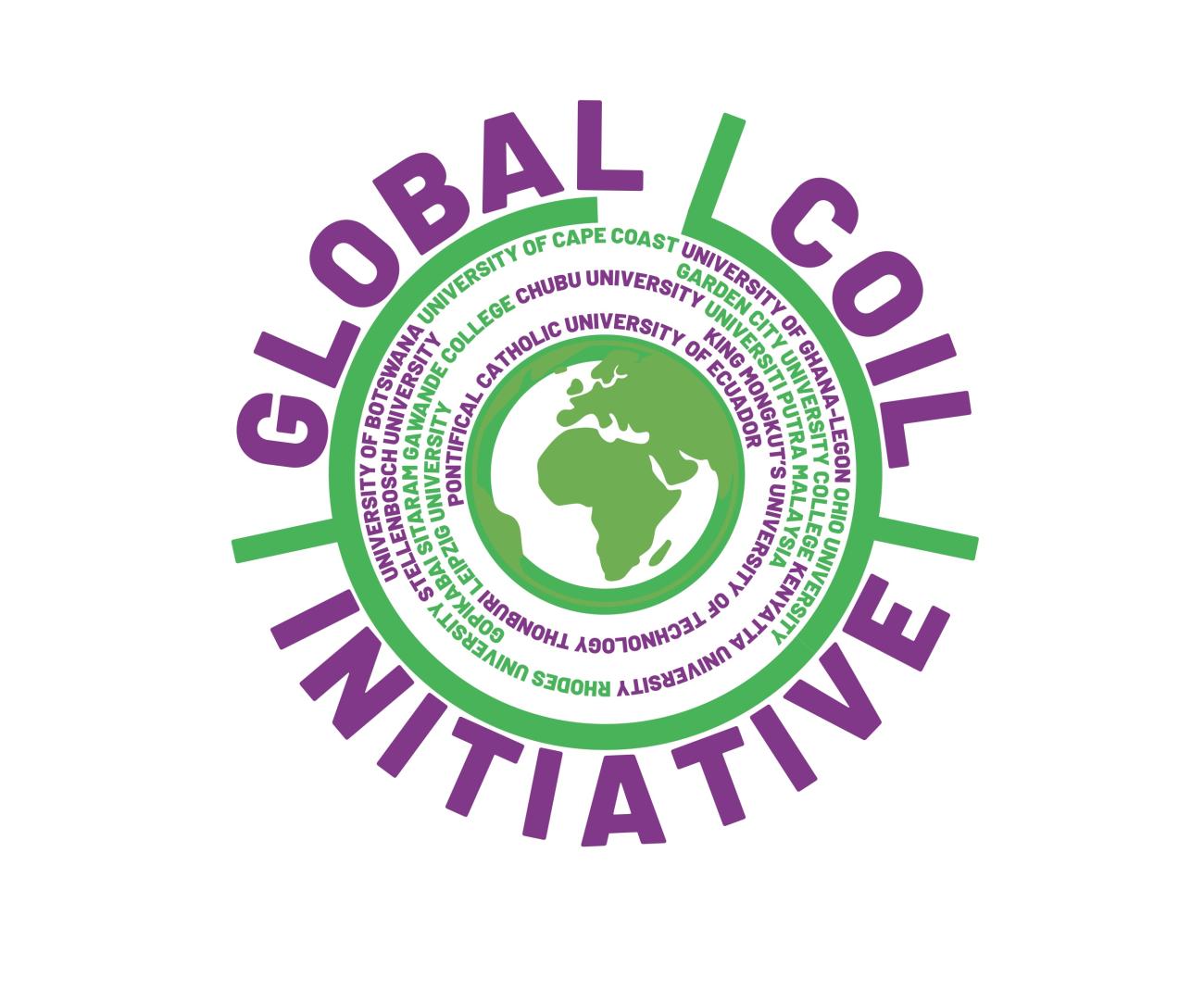
The GCI is increasing the career readiness of students by enhancing global community engagement and intercultural knowledge and experience to pursue their interests in whatever field they choose and community in which they reside.
The COIL (Collaborative Online International Learning) model brings together faculty and students within and across academicdisciplines from around the globe to collaborate on joint virtual projects. They use technology and social media platforms as a medium for global learning. These projects range from three-to-10 weeks and are part of existing courses. What began on OHIO’s regional campuses is now extending to all campuses. There is momentum to grow the GCI to further enrich and diversify the student experience as it adds more imaginative ways for connecting internationally and exploring major topics of interest such as the UN Sustainable Development Goals from a cross cultural, interdisciplinary and sometimes multilingual perspective. The Global COIL Initiative is central to Ohio University’s President’s Fearlessly First Strategic Framework. The GCI focuses on advancing inclusion and access to the global community by supporting the university’s digital transformation, general education and student success goals.
“The initiative is at the core of OHIO’s strategy for engagingfaculty with our OHIO partners to mainstream global fluency into the curriculum, experiential learning and research and creative activity,” said Dr. Lorna Jean Edmonds, vice provost for Global Affairs and International Studies at OHIO.
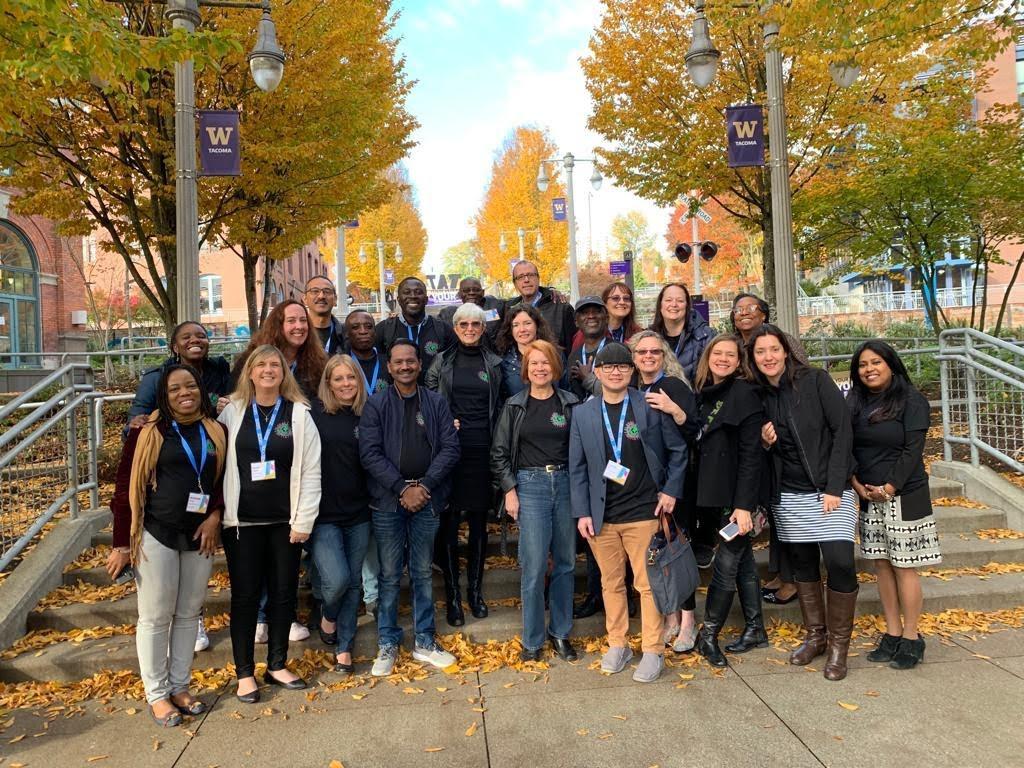
As a starting point all faculty participated in a virtual and then on-site faculty learning community (FLC) that started in September. The program culminated in attending the International Virtual Exchange Conference held in Tacoma Washington.
“This is the first time that OHIO has brought so many of its partners together” said Dr. Edmonds. “It may be the first global, interdisciplinary, multicultural and multilingual group that have fully participated in a joint COIL initiative from the very start and our ‘global’ presence was welcomed at the conference.”
Together and concurrently, faculty are building their capacity to lead COIL projects as they figure out how to adapt to what each country, university and community of students brings to the student experience.
All partners travelled to Ohio University the week of Oct. 20thto complete the FLC program, including attending lectures, developing course curriculum and working through technology and cultural distinctions. Purba Das, GCI academic lead from the Southern Campus, Bose Maposa, GCI administrative lead from the Center for International Studies and Becky Simons, GCI instructional design lead from the Office of Instructional Innovation, have been working closely with the faculty on the projects, outlining their objectives, goals, technology and what they’re wanting to accomplish with their course. Most importantly, has been to make sure to ask them what they want their students to take away from the course and that we are inclusive of all dimensions of mobilizing COIL.
“It’s been eye-opening to hear about all of the different content, course structures and how different they can be, including the timing of the academic year,” Simons explained. “Just hearing about the different cultures and environments has been interesting and how collectively we must adapt to integrate the various dimensions into our programming of COIL as we move forward.”
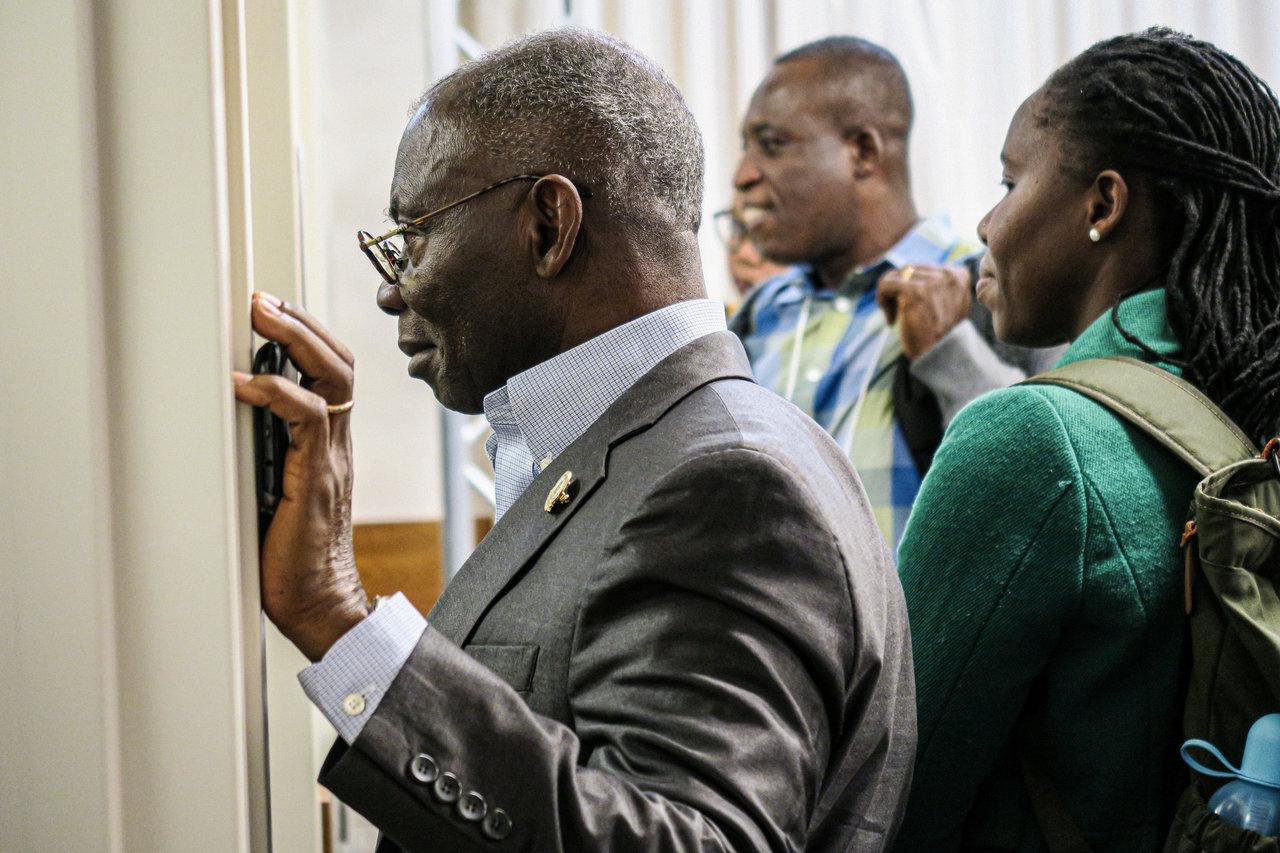
“A major emphasis of the project is to build relationships among the COIL community who will be teaching together over the next couple of years,” Das said. “Many of them had not met face-to-face until they arrived on campus last week.”
A key dimension of the visit was to showcase Ohio University to our partners by giving them the chance to tour campus, learn about and see some of OHIO's state-of-the-art programs and technology, including a visit to the GRID Lab.
Dr. Bismark Sarfo, senior lecturer in the Department of Epidemiology and Disease Control at the University of Ghana, said the entire COIL process has been very inclusive, enjoyable and tremendously helpful. His biggest takeaways?
“The technology and innovation (at OHIO) and how my students can benefit from this program,” he noted along with being impressed with some of our programs. “The GRID Lab was amazing, I learned a lot.”
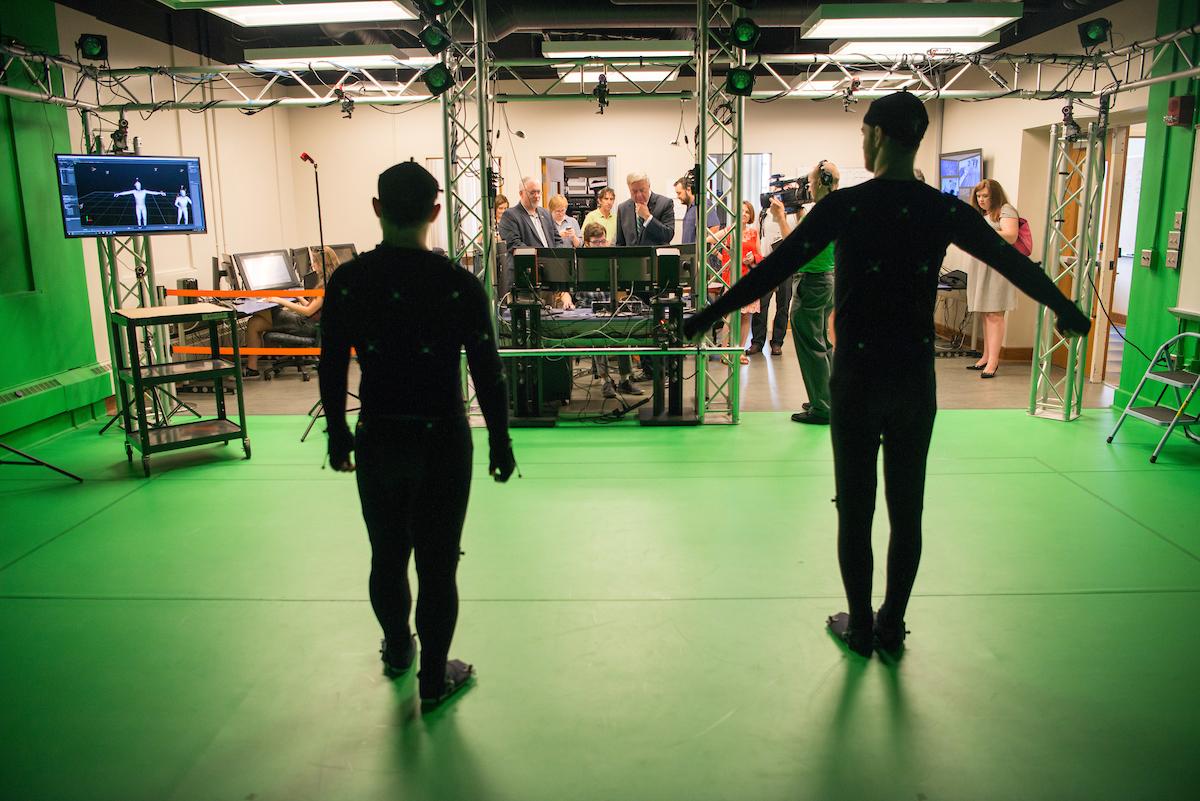
Dr. Sarfo’s partner for the Global COIL Program is Christine Zachrich, assistant clinical professor of food and nutrition sciences in OHIO’s College of Health Sciences and Professions. Zachrich said the main purpose of COIL is to have student collaboration and include internationalization in course curriculum. Global perspectives on key questions facing humanity is one of the niche aspects of attending Ohio University.
“With one of my partners, Dr. Sarfo in Ghana, we’re working on food insecurity and how food insecurity is different in Ghana versus Appalachian Ohio,” Zachrich said. “This is a great opportunity for faculty at Ohio University to incorporate innovative learning.”
As this phase of the program ends, the best part of the journey begins as faculty create COIL initiatives for their students to experience.
